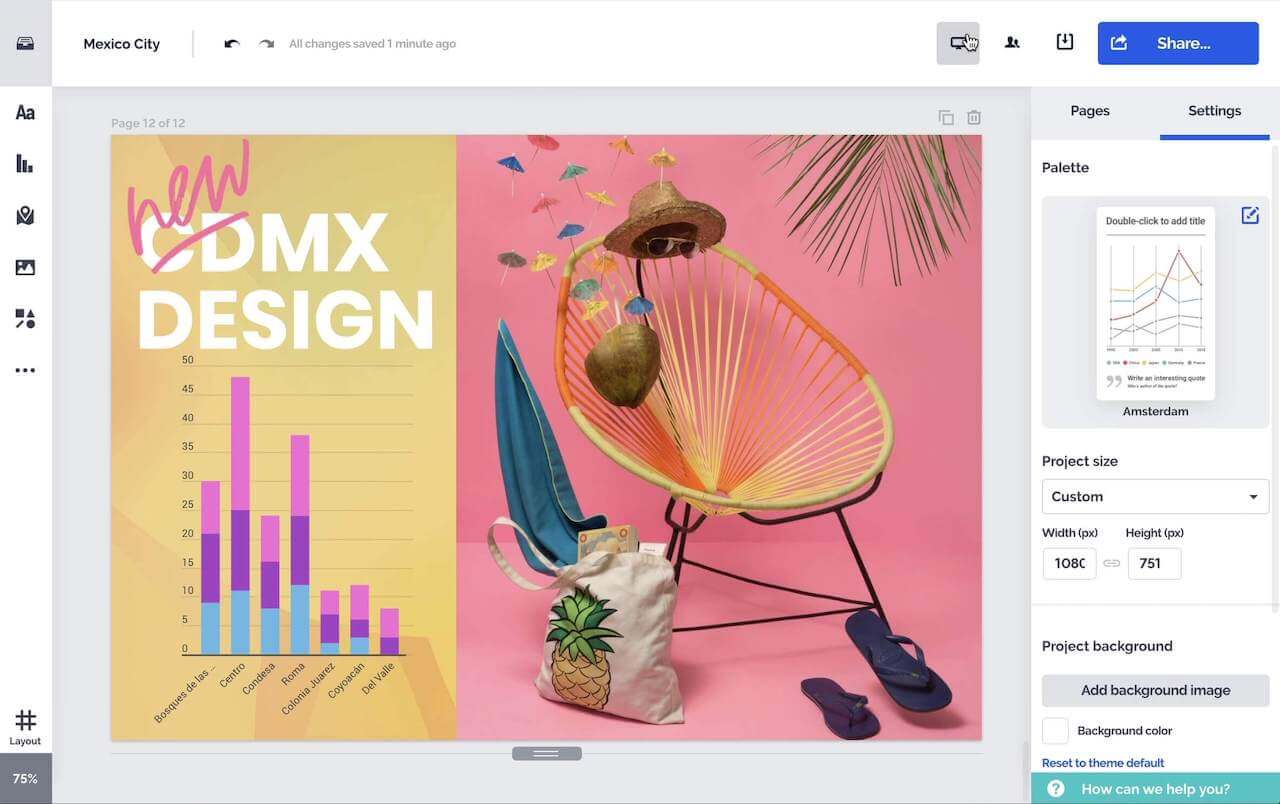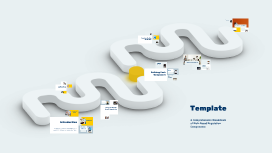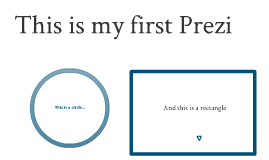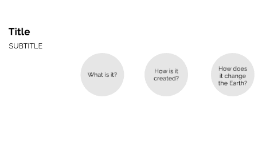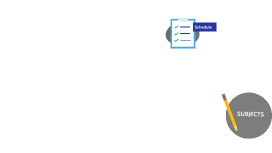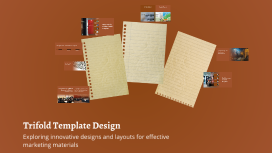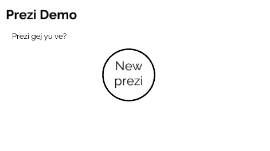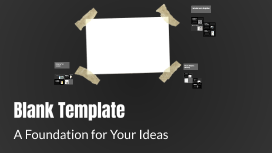Blank Template
Transcript: Introduction to Templates Purpose of a Template Templates serve as foundational blueprints designed to standardize documents, presentations, and projects. They ensure consistency and reduce the time spent on repetitive tasks by providing a pre-defined structure. Benefits of Using Templates Importance of Structure Utilizing templates leads to significant time savings, increased productivity, and improved quality. They minimize errors, ensuring a professional appearance in all communications and presentations. A well-structured template enhances information organization and clarity, facilitating better understanding among users. Structure reduces ambiguity and makes it easier to convey ideas effectively. Types of Templates Templates are available in various forms, including document templates, presentation layouts, and design frameworks. Each type serves unique purposes, tailored to specific needs and industries. Designing Your Template Utilizing Templates Effectively Customization Tips Elements of a Template Choosing the Right Layout Tailor templates to suit your specific needs by adjusting colors, fonts, and layouts. Ensure that your customization aligns with your brand identity, maintaining consistency in design across all materials. A template comprises several elements such as headers, footers, content areas, and placeholders. Each element serves a purpose, ensuring that information is organized and visually appealing, thereby facilitating better communication with the audience. Effective template design requires carefully selecting a layout that aligns with the intended message. Considerations include balance, alignment, and space utilization, as well as the target audience and content type. Tools for Template Creation Examples of Good and Bad Templates Color Schemes and Typography Incorporating Visuals Utilize design software such as Canva, Adobe InDesign, or Microsoft PowerPoint to create professional templates. Each tool offers unique features that cater to different design needs, enhancing ease of use and creativity. A good template is visually appealing, easy to read, and functional. In contrast, a bad template can overwhelm users with clutter and poor organization, showcasing the critical importance of effective design principles. Color schemes and typography significantly impact viewer perception. A harmonious color palette reinforces brand identity, while legible typography enhances readability, contributing to overall engagement with the template. Visuals such as images, icons, and graphics play a crucial role in template design by breaking monotony and enhancing information retention. Effective use of visuals can clarify complex ideas and engage audiences more deeply. Finalizing Your Template Design Once the design is complete, review for alignment, consistency, and functionality. Seek feedback from target users to ensure the template meets requirements before final implementation. Blank Template A Foundation for Your Ideas





